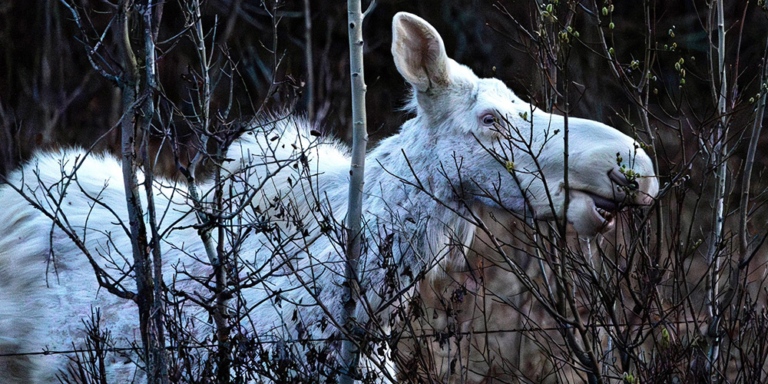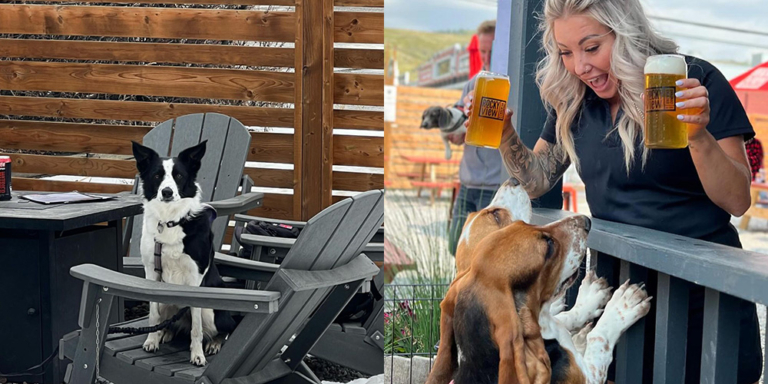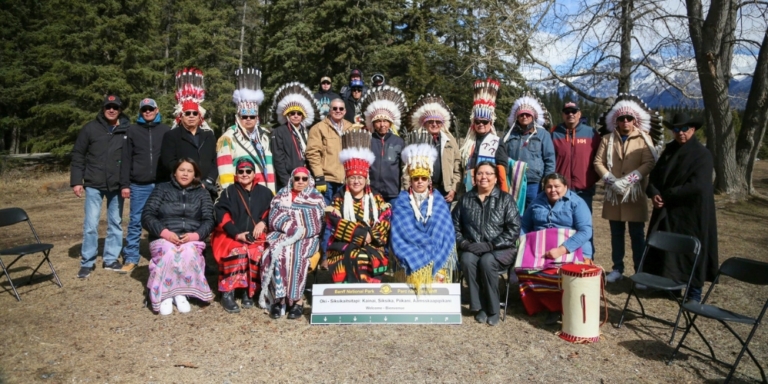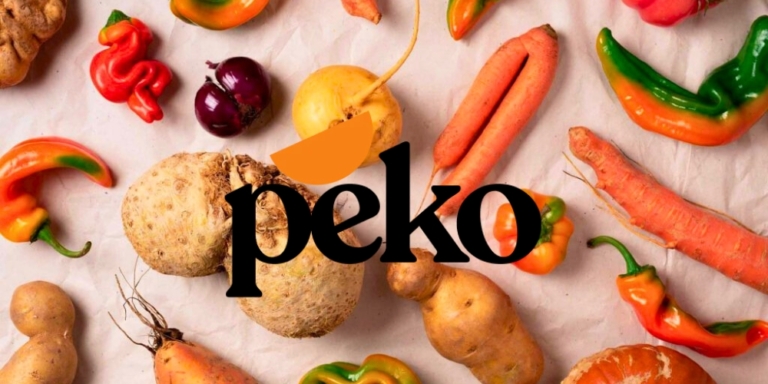As we tick closer towards spring (thank goodness), we also head into the season, where landscaping pops back onto the chore list.
This is a welcome hobby for some, but for others, it’s just trading the snow shovel for a lawn mower.
But for a select few, spring is an opportunity to recalibrate our relationships with nature and rebuild our food sovereignty.
In today’s day and age, our dependence on grocery stores is a miracle of convenience, yet also a potential curse.
If disaster were to hit, it would be just days before most Albertan towns ran out of food.
Food sovereignty is a thing.
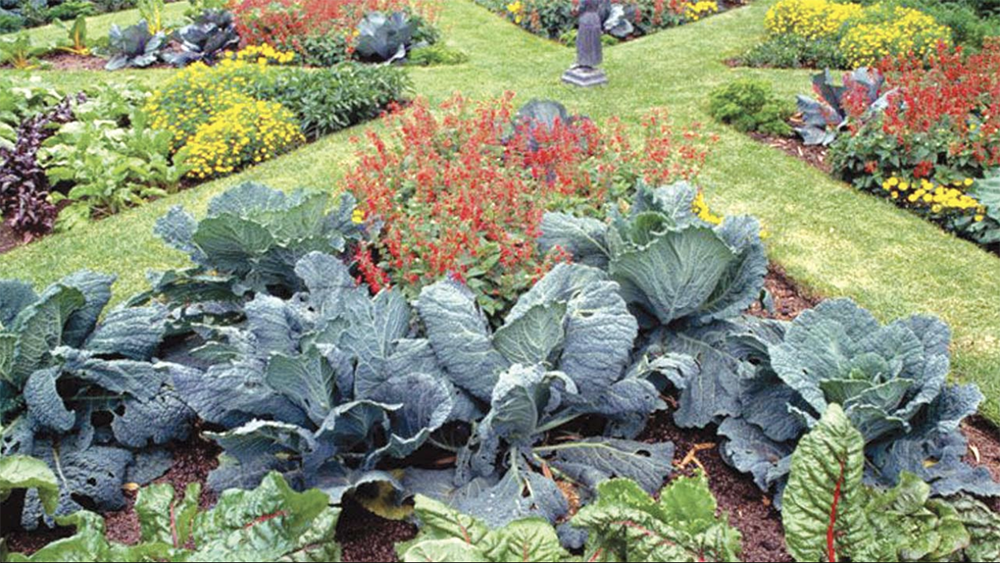
Enter “Foodscaping.”
This modern take on city landscaping turns grass lawns into edible plant havens that offer nourishment – and save owners money.
Besides that, it’s a lot less boring than endlessly mowing your lawn.
Carmen Lamoureux, owner of Urban Farm School in Calgary, teaches city dwellers how to foodscape and says various motivating factors drive Albertans to adopt the technique.
High grocery prices, concerns about food quality, and building self-sufficiency are chief among them.
Inflation in Canadian grocery stores has come under some scrutiny recently–but perhaps not enough–as food prices have increased at the fastest rate in 40 years.
Five companies — Loblaw, Sobeys, Metro, Costco and Walmart — control almost all grocery sales across Canada.
All of them have faced accusations of profiteering, but none have yet made any significant changes in response.
Many people are sick of being held captive with low-quality food at staggering prices.
It’s a problem everywhere, but especially in remote and northern communities.
“They just want to make decisions that work for them, and not maybe follow the old model of what equals success,” Lamoureux told CBC.
Besides saving money at the grocery store, foodscaping is also an opportunity to reconnect with ancient agricultural wisdom utilized for millennia.
Foodscaping presents a modern take on the way that past generations utilized land.
The idea is to layer native plant species in a forest-like manner that supports soil value and allows you to feature all kinds of edible and medicinal plants – and learn about them as you go.
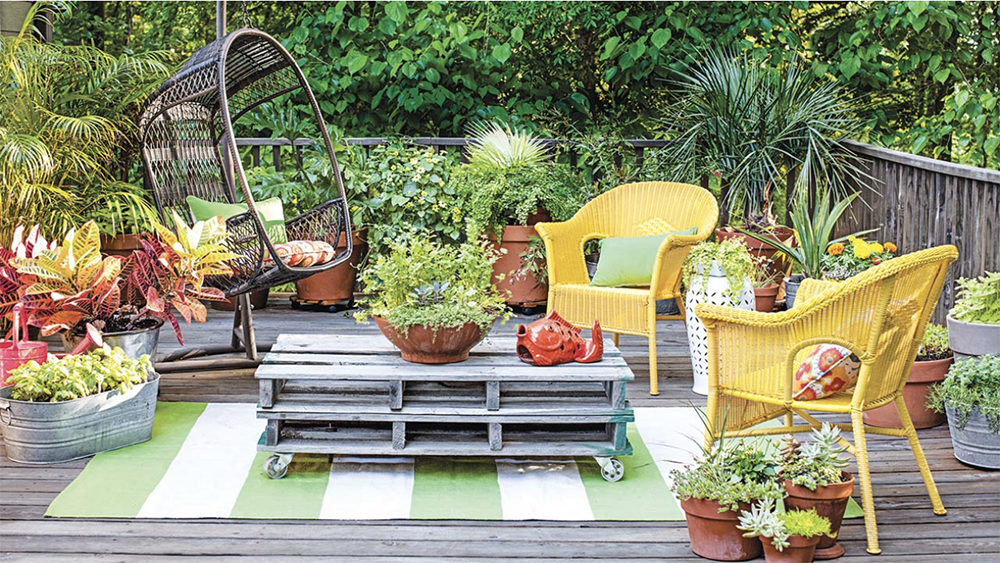
Incorporating Local Knowledge Into Your Backyard
Foodscaping can be a great way to make a tangible step forward in reconnecting to the land and local cultures.
Bringing native plants into urban and suburban settings where non-native plants have historically replaced them allows communities to explore beyond Western knowledge systems in a hands-on way.
The Alberta Children’s Hospital is just one example of a large institution incorporating local foodscapes into its grounds.
They worked with the local Calgarian, Indigenous-led social enterprise “FoodScaped” to create a healing garden featuring a Medicine Wheel design in yellow, red, black and white, and with plants used traditionally by the Blackfoot Nation.
Heather Morigeau, with FoodScaped, said it was an honour to help create a space for Indigenous families to heal.
“This Indigenous healing garden is for the families who come to the Children’s Hospital and need access to cultural and spiritual healing,” Morigeau said.
The garden is both a food source and incorporating indigenous knowledge into a general community space.
“It has welcomed our culture and practices into the hospital environment – not just as an afterthought but as an important part of the healing journey,” said one Indigenous family in the inpatient unit
While this was done on a larger scale, similar concepts could be replicated in your home.

How To Foodscape
A well-designed foodscape can come in many forms depending on your needs, but ideally, it should mimic a typical forest with multiple levels and species.
As the Southern Alberta Group for the Environment (SAGE) has suggested, “Fruit-bearing trees (like apples or plums) can compromise the largest layer.”
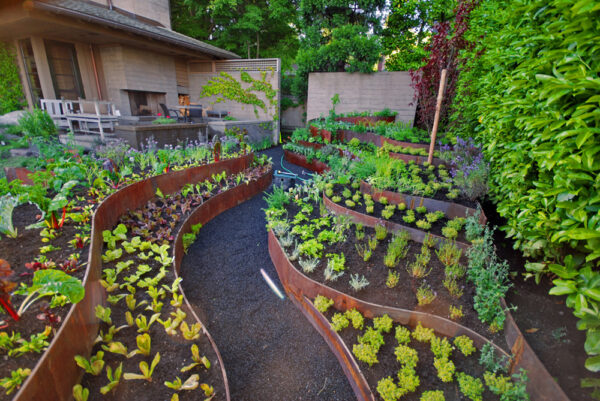
Follow that canopy tree layer with “bushes like chokecherries, currants and even grapes…then, herbaceous perennials such as comfrey and anise hyssop are often planted for medicinal use or to attract pollinators.’
Finally, “the root and ground cover layers are comprised of soil stabilizing and conditioning plants including rhubarb, strawberries, carrots, garlic, spinach, rosemary and mint.”
This is, of course, just one example of what a foodscape could look like.
Some great groups that can help you begin a “foodscaping journey” include Calgary’s Urban Farm School, the Alberta Native Plant Council, and the Airdrie Urban Farm Collective. If you are interested in teaching others foodscaping as a business, Verge Permaculture offers accreditation.
Alternatively, hiring an indigenous-led group like FoodScaped can get you off to an informed start and support a local organization while you’re at it.
For those in Alberta who enjoy DIY projects, starting with YouTube searches on “foodscaping” and “permaculture” is a good idea. However, make sure to focus on Alberta-specific guides. This ensures you’re learning about plants that can thrive in Alberta’s climate, rather than attempting to grow tropical fruits like oranges or bananas, which are not suitable for the local environment.
Whether you’re doing it to save money, become more self-sufficient, learn about indigenous knowledge systems, or create an ecological yard free from mowing – foodscaping is the landscaping of 2024.
Upgrades people, upgrades.
And… enjoy the bounty!
To learn the basic concept of foodscaping (food forests), watch this video:


